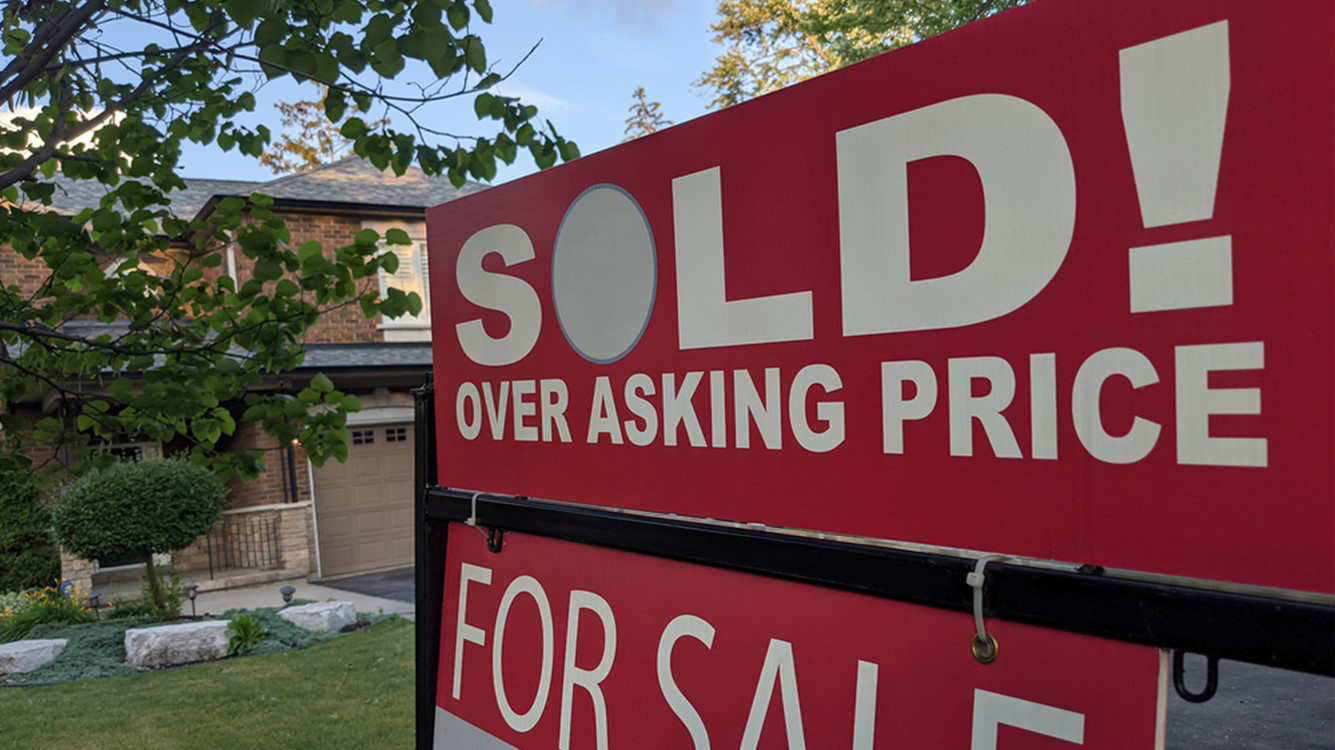Builders buoy new home sales with buyer incentives
Existing home sales fell 2% in September.

October 25, 2023
September new home sales jumped 12.3% to the highest level since February 2022, before interest rates began to climb. New home sales, which are recorded at the contract signing, hit 759,000 units in September; that is 34% higher than this time last year. All regions experienced strong sales in September.
Sales of new homes that have been completed increased in September after falling in June, July and August. Over half of the construction activity occurs in the South; the extreme heat and drought conditions experienced over the summer hampered the ability to ramp up building.
Builders have been able to reach buyers with mortgage rate buydowns and better discounts on homes than sellers are willing to offer in the resale market. The median and average prices of homes sold in the month fell by $14,000 and $19,000, respectively, compared to August.
Advertised buydowns shave off an average of two percentage points or more from the current 30-year fixed mortgage rate, which sits above 7.5% in mid-October. Inventory of newly built homes fell in September to a 6.9 months’ supply at the current sales pace. This is much closer to the six months needed to balance the market and has fallen significantly from last year’s 9.7 months of supply; incentives work.
Newly built homes available for sale were flat compared to the prior month, sitting at 435,000 units. That is slightly below year-ago levels but makes up a much larger share (almost a third) of the overall inventory of homes available for sale compared to pre-pandemic.
Separately, existing sales fell 2% in September compared to August and are now 15% below year-ago levels. Sales sit at 3.96 million units; we haven’t seen sales below four million units since 2010, post-housing bust.
Mortgage applications to purchase a home have been hitting multi-decade lows in recent months as mortgage rates climb higher. Increased uncertainty around how long the Federal Reserve will keep interest rates high has pushed up longer-term rates, which lead mortgage rate movements. This quashes demand in interest rate sensitive sectors, such as housing.
Most homeowners were able to lock in a below-5% mortgage rate last year and are now frozen in place, unwilling to sell. That is keeping a floor under home prices in many parts of the country where bidding wars continue, especially for the entry-level homes.
Home prices remain high and are climbing higher in many regions, fueling the risk that inflation could buck its downward trajectory and reaccelerate.
Yelena Maleyev, KPMG Senior Economist
Bottom line
Builders are better at responding to changing conditions than homeowners since they are not experiencing the mortgage winter that sellers are. This helps move more inventory in the newly built market as the supply in the resale market remains about a quarter below the level it was just prior to the pandemic. Home prices remain high and are climbing higher in many regions, fueling the risk that inflation could buck its downward trajectory and reaccelerate. That ups the pressure on the Federal Reserve to bring down inflation outside of home ownership costs. That is one of many reasons that the Fed is expected to hold rates higher for longer.
Explore more insights

New home sales hit speed bump
Mortgage rates have now been above 7% for six weeks.

KPMG Economics
A source for unbiased economic intelligence to help improve strategic decision-making.

Resilience, revisions & risks… Weathering political dysfunction & war
The bond market does the heavy lifting for the Federal Reserve.
Meet our team

Subscribe to insights from KPMG Economics
KPMG Economics distributes a wide selection of insight and analysis to help businesses make informed decisions.
